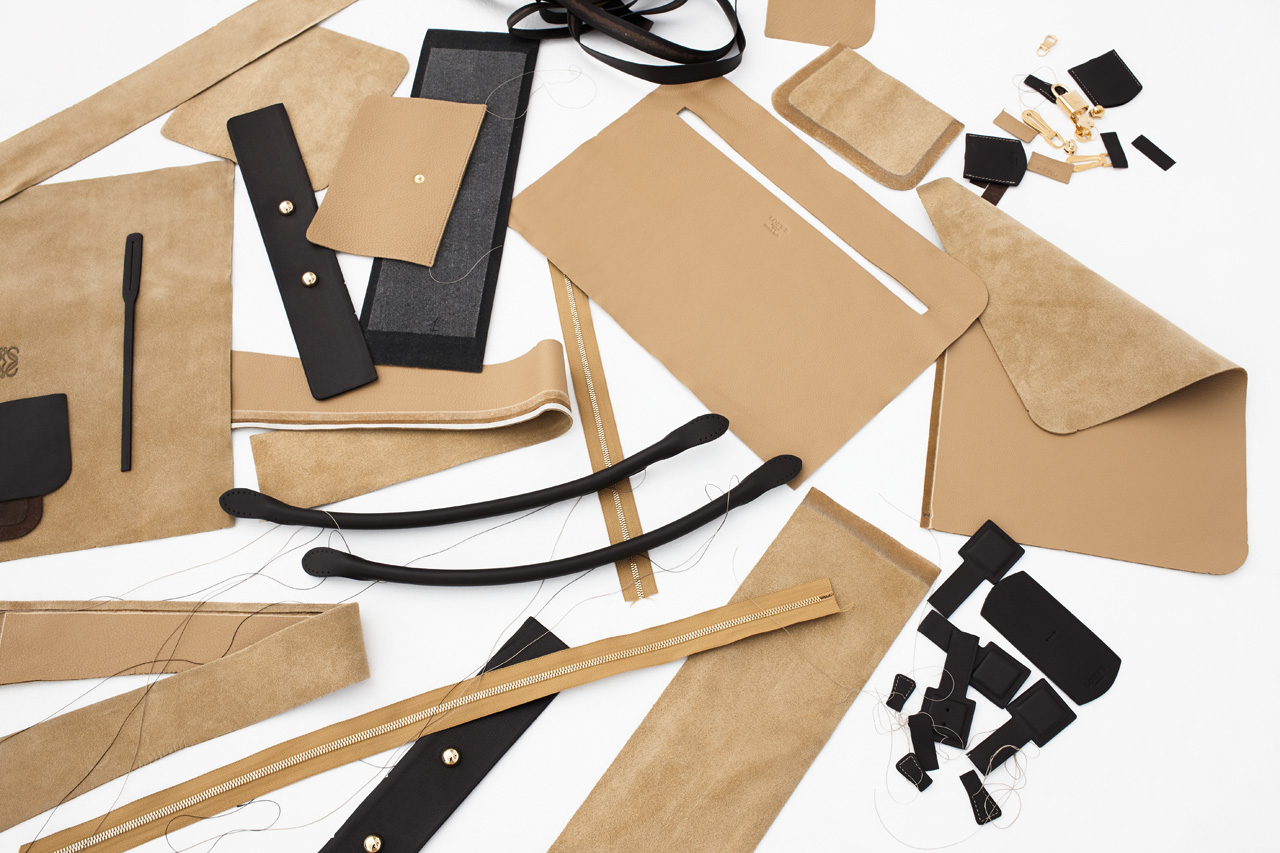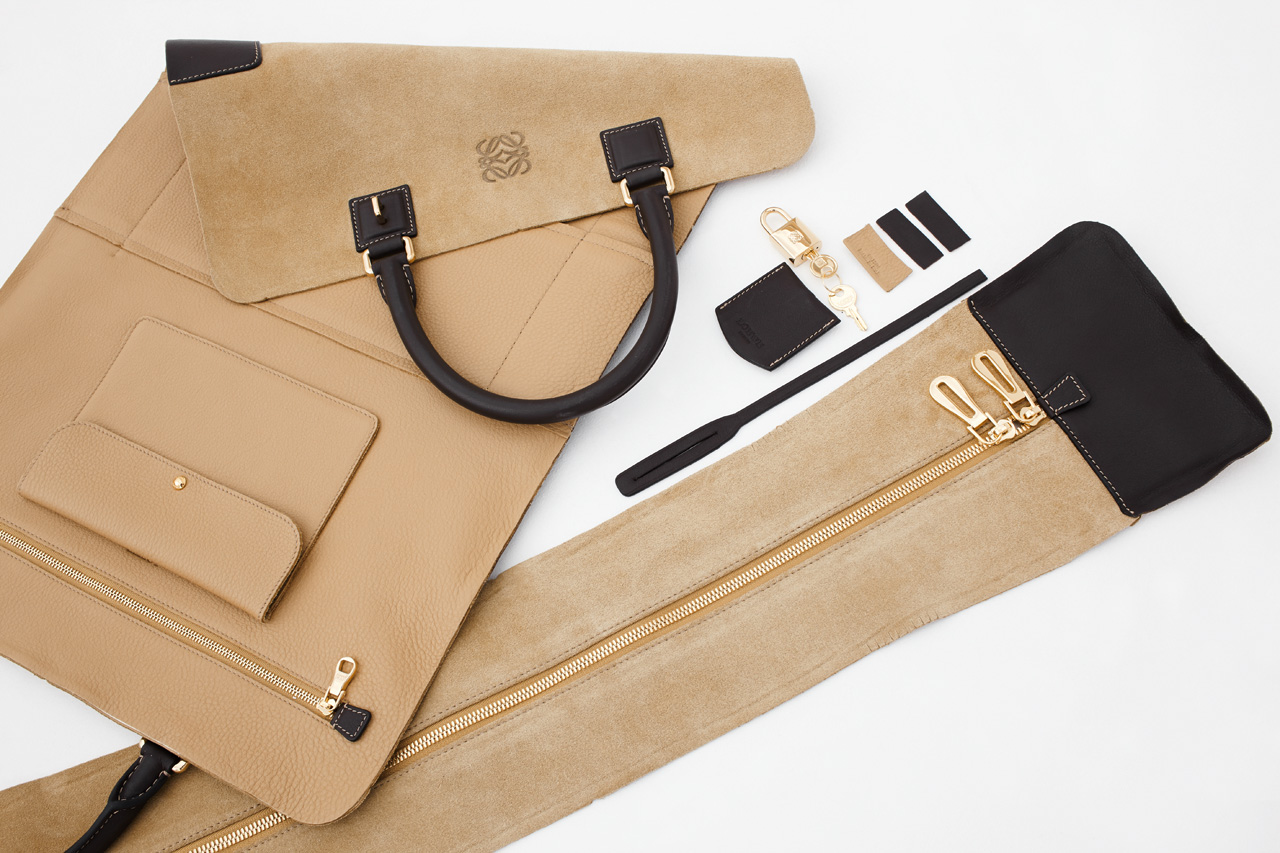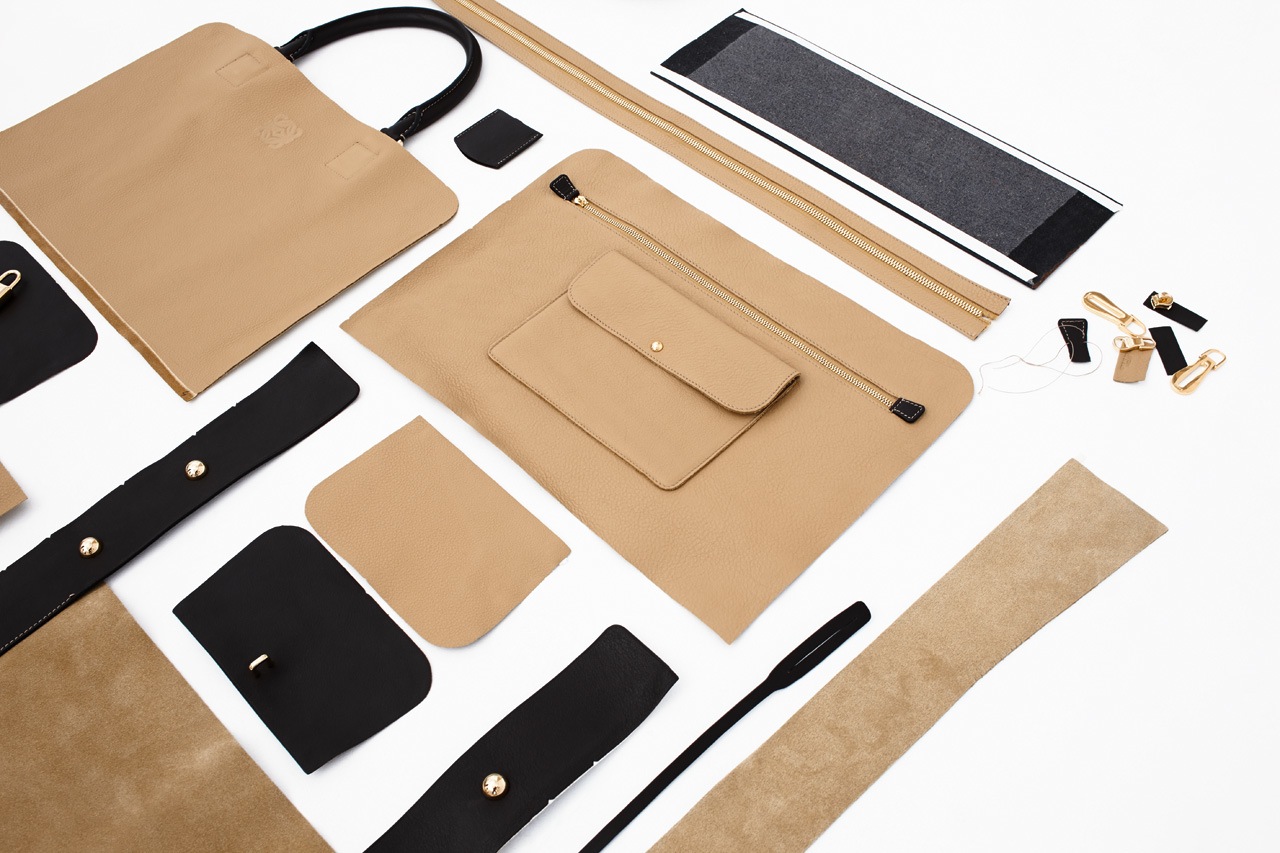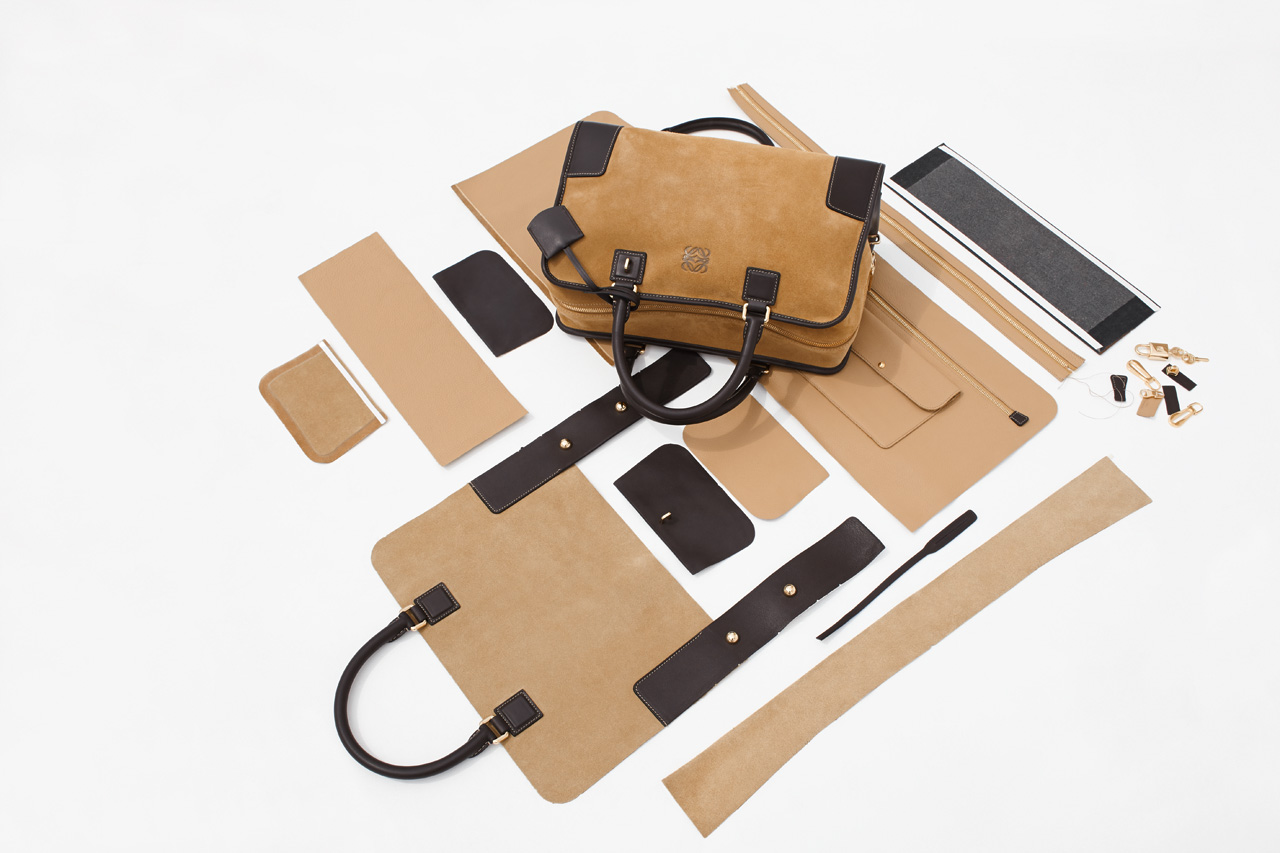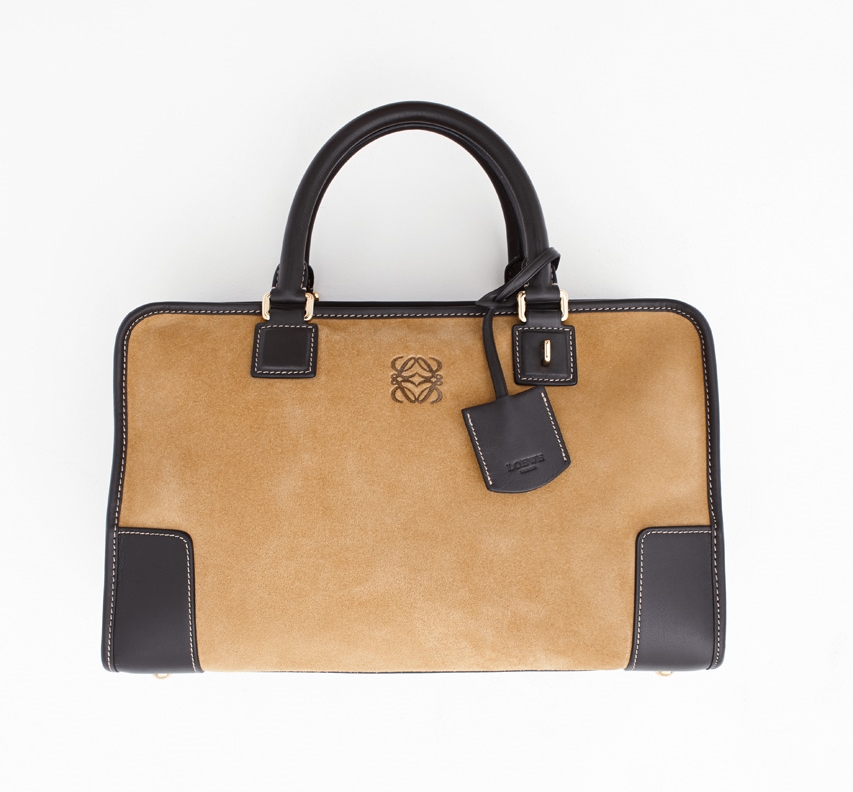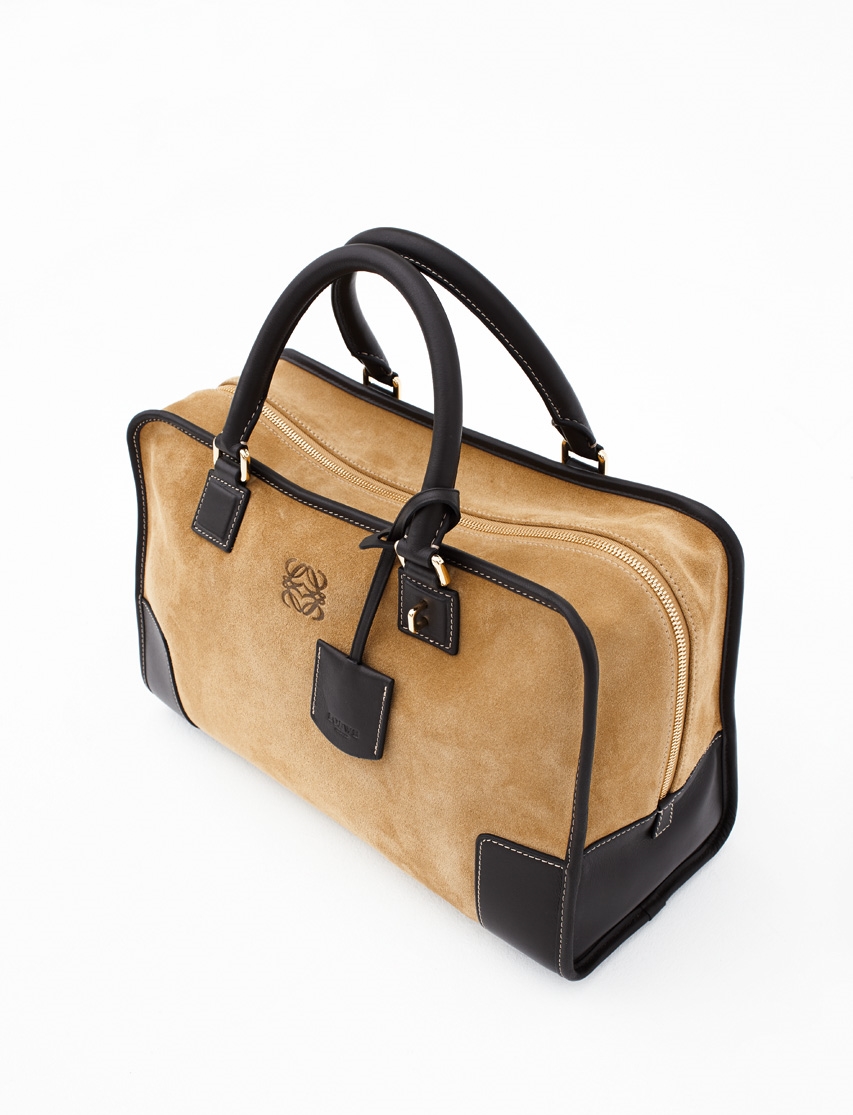CR FASHION BOOK
Anatomy of a Bag | Loewe's Amazona
Deconstructing the world’s most iconic accessories to tell their stories.
Photographer : Ulysse Frechelin
Fashion Editor, Concept, and Direction : Shiona Turini
When is a bag more than just a bag? When it’s Loewe’s Amazona, a symbol, the famed leather goods house says, of Spain’s emergence from the reign of dictator Franco at the time of the its creation in 1975. The Amazona, now kicking 40, remains an icon of freedom designed for independent women on the go. Adaptable from day to night and city to country, the Amazona sports features that might be taken for granted in 2013 but, in 1975, represented a break with the prevailing custom of discrete handbags for day, evening, and weekend. The Amazona streamlined a woman’s collection of clutches and totes and weekenders into one soft-framed and lightweight yet elegant carry-all.
The Amazona’s functional details serve as its defining features: leather corner patches reinforce seams at the base of the bag, while smaller patches at the base of the handle support a crucial weight-bearing point. The bag is unlined, which means the leathers used must undergo twice the scrutiny to appear flawless and sumptuous on both sides. Such discernment is the mark of Loewe craftsmanship—and the quality responsible for the Amazona’s enduring appeal.
The Amazona by the numbers
39 – Number of leather pieces used
24 – Number of individual linings used
21 – Number of pieces of gold hardware (not including zippers)
11 – Square feet of suede required to construct a single bag
6.5 – Hours of craftsmanship required to realize a single bag
4 – Number of specialized craftsmen employed in the process of preparing, cutting, sewing, and assembling each bag
